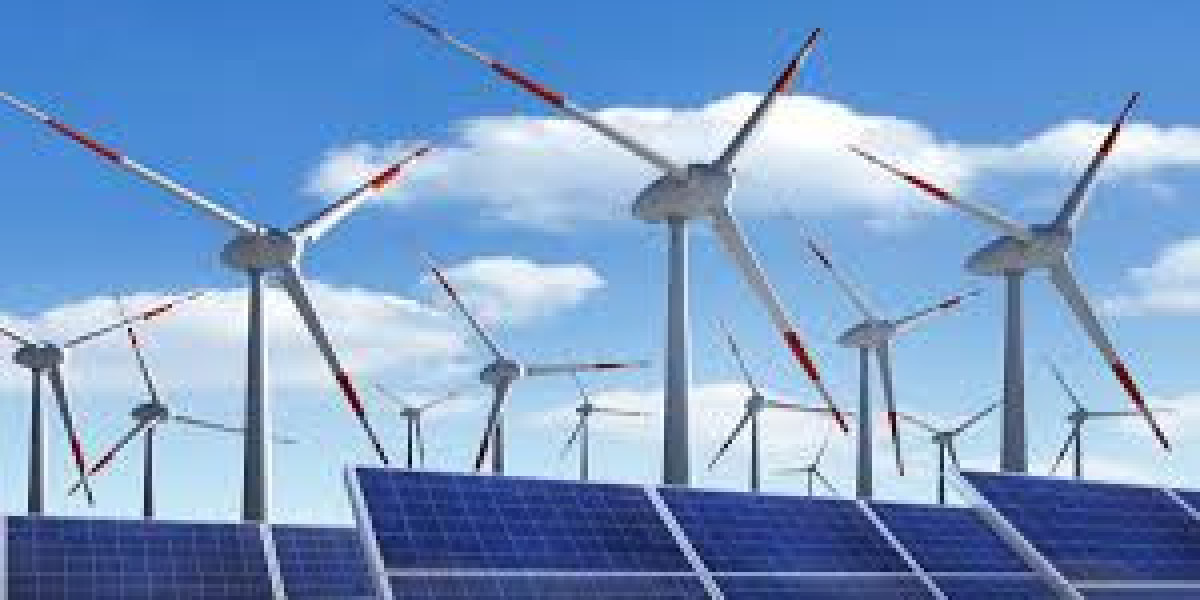Offshore wind energy has emerged as a key pillar of the global transition to renewable energy. With vast potential, especially in coastal and shallow-water regions, offshore wind farms are gaining momentum as countries seek sustainable and scalable alternatives to fossil fuels. As of 2025, the offshore wind energy market is experiencing unprecedented growth, driven by technological advancements, supportive government policies, and increasing private sector investments.
Market Overview
The offshore wind energy market is currently valued at over $50 billion globally and is expected to surpass $125 billion by 2030. Europe has been the traditional leader, with the United Kingdom, Germany, and the Netherlands boasting significant installed capacities. However, Asia-Pacific and North America are quickly catching up, with China already becoming the largest offshore wind market by total installed capacity.
The United States is making significant strides with federal and state-level commitments, particularly along the East Coast. In Asia, countries like Japan, South Korea, and Taiwan are also investing heavily in offshore projects, further diversifying the market landscape.
Key Drivers of Market Growth
1. Government Policies and Incentives
Many governments are introducing favorable policies, such as subsidies, feed-in tariffs, and auction mechanisms, to encourage offshore wind development. The European Green Deal and Bidens Infrastructure Plan are prime examples of public initiatives driving market expansion.
2. Technological Advancements
Floating wind turbine technology, digital twins, and more efficient turbines have made offshore wind viable in deeper waters, expanding geographical feasibility. Innovations in foundation design and grid integration are also reducing costs and increasing reliability.
3. Decarbonization Targets
With the push toward net-zero emissions, offshore wind offers a scalable solution to replace coal and gas power. Companies and countries alike are integrating offshore wind into their decarbonization strategies to meet climate goals.
4. Corporate Power Purchase Agreements (PPAs)
Large corporations like Amazon, Google, and Apple are entering long-term PPAs to procure offshore wind energy, adding further momentum to the market and increasing investor confidence.
Challenges Facing the Market
Despite its promising outlook, the offshore wind market faces several hurdles:
High Initial Capital Costs: Installation, maintenance, and infrastructure development remain expensive, particularly for floating wind technology.
Environmental and Permitting Issues: Concerns over marine biodiversity, fisheries, and coastal ecosystems often delay project approvals.
Supply Chain Bottlenecks: The rapid scaling of projects has stressed the global supply chain, from turbine blades to specialized vessels.
Grid Integration: Integrating large volumes of offshore wind power into existing grids poses significant technical challenges.
Regional Market Landscape
Europe
Europe continues to lead in innovation and capacity. The EU aims to install at least 300 GW of offshore wind by 2050. The North Sea has become a hub for international collaboration, with cross-border projects gaining traction.
Asia-Pacific
China leads in offshore capacity and manufacturing. Japan and South Korea are investing in floating wind technology due to deep coastal waters. Taiwan is emerging as a strategic hub for regional offshore development.
North America
The U.S. is set to become a major player with projects like Vineyard Wind and Empire Wind. The Biden administrations target of 30 GW of offshore wind by 2030 has catalyzed both public and private sector interest.
Investment and Future Outlook
Private equity firms, institutional investors, and oil gas giants are entering the offshore wind sector. Companies like BP, Shell, and Equinor are repurposing offshore assets and expertise to tap into wind resources. Floating wind farms are poised to unlock new markets, especially in regions with deep seas and limited shallow continental shelves.
As cost parity with traditional energy sources approaches, the offshore wind sector is likely to play a central role in global clean energy portfolios.







